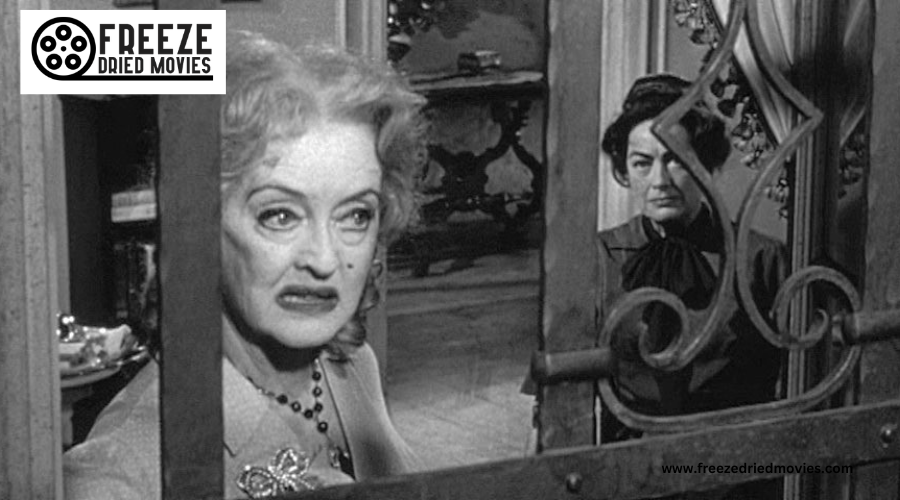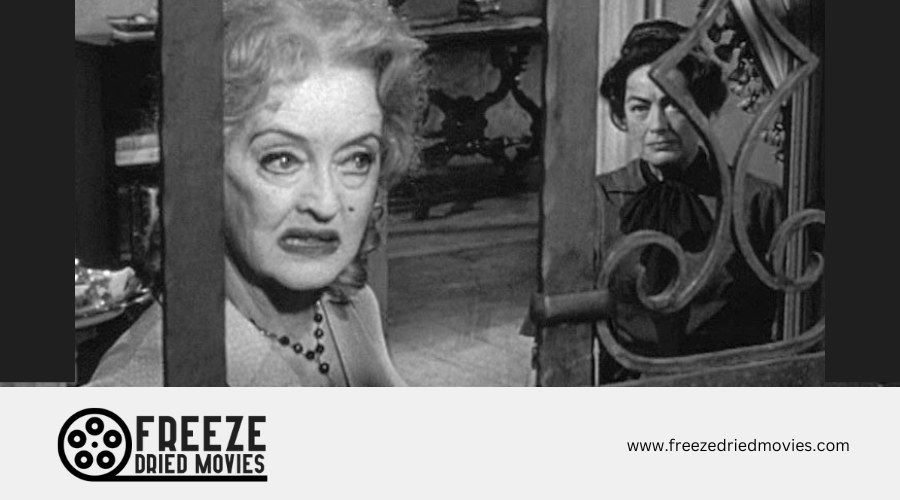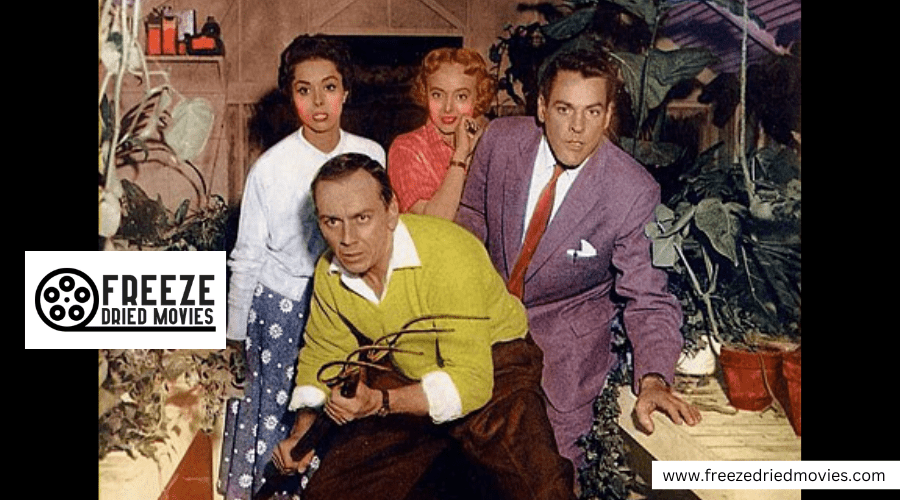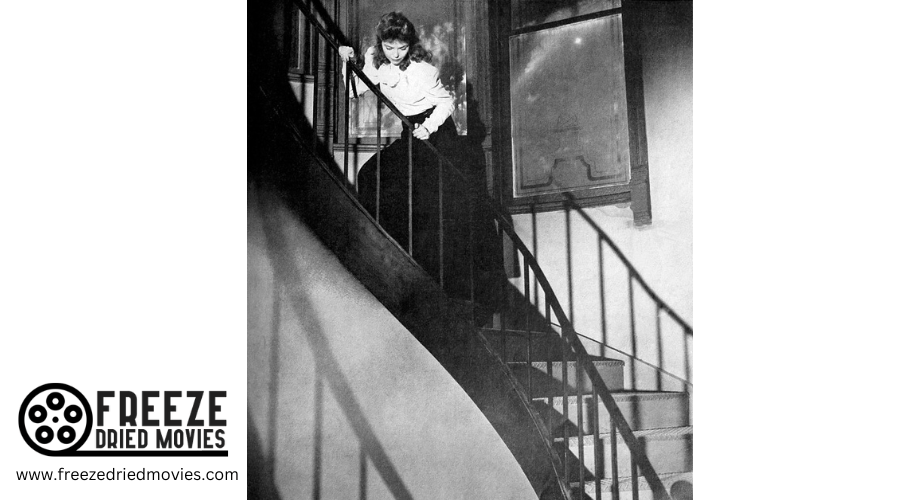The Most Rewatchable Horror Movies of the 1960s
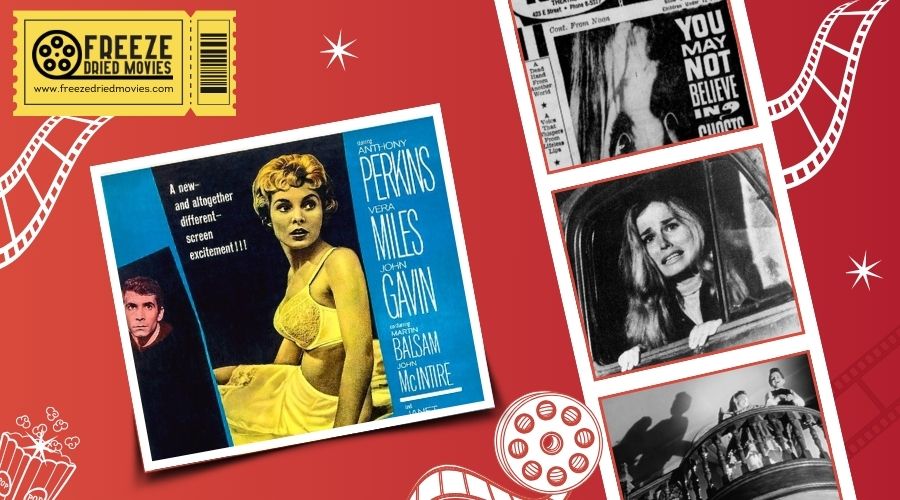
You're in for a treat with the most rewatchable horror movies of the 1960s. Alfred Hitchcock's "Psycho" and "The Birds" redefine psychological horror, while George A. Romero's "Night of the Living Dead" creates the modern zombie genre. Experience the eerie visuals of Mario Bava's "Blood and Black Lace" and the gothic atmosphere of "The Masque of the Red Death." You can't miss "Rosemary's Baby" and "The Haunting," both masterclasses in suspense and psychological tension. Immerse yourself in themes of isolation with "The Last Man on Earth" and witness how these films continue to influence modern horror movies. Uncover even more timeless classics as you investigate further.
Iconic Directors and Their Vision
The 1960s were a transformative decade for horror films, thanks to visionary directors who redefined the genre. Alfred Hitchcock, often hailed as the Master of Suspense, crafted unforgettable psychological horror with "Psycho" and "The Birds," pushing the boundaries of tension and cinematic innovation. His work laid the foundation for future filmmakers to investigate the depths of human fear.
George A. Romero's "Night of the Living Dead" introduced a new kind of horror, intertwining social commentary with zombie terror, influencing countless films and sparking a cultural phenomenon. Italian maestro Mario Bava brought a lively, stylish aesthetic to horror with "Blood and Black Lace," pioneering the slasher genre with its visually stunning murder sequences.
Bava's artistry set the stage for a new wave of horror, enchanting audiences with its bold visuals. Roger Corman accepted gothic horror, adapting Edgar Allan Poe's works into rich, atmospheric films like "The Masque of the Red Death," blending psychological depth with lavish visuals. Jack Clayton's "The Innocents" raised psychological horror, transforming literary narratives into a fascinating cinematic experience. His atmospheric storytelling captivated audiences, setting new standards for horror that resonates to this day.
The 1940s, known as The Golden Age of Classic Monster Films, laid the groundwork with psychological and supernatural themes, influencing the 1960s' rich exploration of horror narratives.

Psychological Tension and Atmosphere
Moving from iconic directors to the domain of psychological tension and atmosphere, horror films of the 1960s masterfully manipulated viewers' emotions through subtle yet effective techniques. "Repulsion" traps you in a claustrophobic environment, its dreamlike visuals pulling you into the protagonist's deteriorating mind. "The Haunting" uses sound design and cinematography to create fear without explicit horror, leaving you questioning the nature of the supernatural.
"Psycho" builds suspense with its groundbreaking editing and chilling score. The infamous shower scene strikes with shocking imagery, leaving a lasting psychological impact that ripples through film history. Its atmosphere keeps you on edge, making you question every shadow.
"Eyes Without a Face" combines shocking imagery with a haunting narrative, wrapping you in an unsettling atmosphere. The film's slow-burn tension and tragic elements linger long after the credits roll, leaving you with a sense of unease.
"Rosemary's Baby" captures paranoia with its tale of motherhood. The film's slow-burn tension unfolds masterfully, keeping you in suspense until its harrowing climax. The psychological tension it crafts through sound design and eerie supernatural elements makes it a defining 1960s horror experience. Films from this era established horror as a platform for exploring complex social themes, influencing future generations of filmmakers.
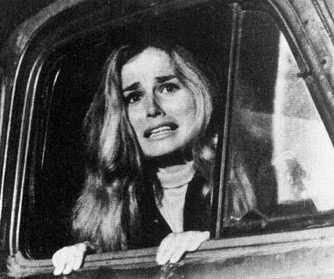
Pioneers of the Zombie Genre
Zombie films of the 1960s laid the groundwork for an entire genre, with George A. Romero at the forefront. His "Night of the Living Dead" (1968) didn't just redefine the zombie genre; it infused it with profound social commentary. As you watch the survivors navigate a zombie outbreak, themes of racism and societal collapse emerge, making you ponder deeper issues beneath the horror. This film wasn't just about the undead; it was a mirror reflecting human nature under duress. "The Last Man on Earth" (1964), starring Vincent Price, is another cornerstone of the genre.
Adapted from Richard Matheson's "I Am Legend," it investigates isolation and humanity's battle against the undead. This film sets the stage for modern zombie narratives by examining the psychological toll of solitude and fear. Paranoia emerged as a central theme, enhancing suspense and showcasing that the greatest terrors come from within. Romero's use of non-professional actors in "Night of the Living Dead" added a layer of gritty realism, focusing on character development over typical horror tropes.
Despite its low $14,000 budget, it achieved commercial success, grossing over $30 million worldwide. Both films emphasize isolation, challenging characters to confront not only the undead but also their inner demons.

Gothic Horror and Visual Style
Gothic horror in the 1960s captivated audiences with its atmospheric settings and visual storytelling, creating an enduring impact on the genre. Films like The Innocents (1961) stand out with their haunting cinematography, where eerie shadows and unsettling visuals heighten psychological tension. You can't help but feel the chill of the dark atmosphere as it unfolds, dragging you into its unsettling world.
The film uses visual storytelling to tap into your deepest fears, making it a classic you'll want to revisit. Black Sunday (1960), directed by Mario Bava, set a benchmark in gothic horror with its striking imagery and dark atmosphere. The grotesque imagery and visual motifs, such as masks and shadows, create a gothic aesthetic that influenced future slasher films.
The Masque of the Red Death (1964) dazzles with lavish visuals and color symbolism, crafting a visually rich narrative that examines themes of decadence and mortality. In Eyes Without a Face (1960), grotesque imagery is coupled with a tragic narrative, using stark contrasts in lighting to evoke eerie emotions. These films collectively illustrate the power of visual motifs and atmospheric settings in defining the gothic horror style of the 1960s.
During the Golden Age of horror, works from the late 19th and early 20th centuries laid the foundation for the evolving themes and styles that would later influence these classic films.
Themes of Isolation and Madness
Isolation and madness weave a chilling tapestry in 1960s horror films, leaving audiences to confront their deepest fears. Characters face psychological turmoil, often trapped in their own minds or environments. In "Repulsion" (1965), you're drawn into the protagonist's claustrophobic world as she spirals into madness within her London apartment, isolated by her fear of men. This film masterfully captures the themes of paranoia and delusion.
In "The Last Man on Earth" (1964), Vincent Price embodies the loneliness and existential despair of being the sole survivor in a world overrun by the undead. His struggle against this haunted existence highlights the psychological burden of isolation. Meanwhile, "Carnival of Souls" (1962) plunges you into a woman's eerie visions following a car accident, illustrating her descent into madness and the turmoil it brings.
- A vast, empty world where silence is deafening
- A haunted house that echoes with unseen whispers
- A lonely apartment that mirrors the mind's darkest corners
"The Haunting" (1963) and "The Innocents" (1961) further investigate these themes. Both films depict characters enveloped by paranoia and hysteria, as they grapple with haunted locales that blur reality and madness, leaving you questioning what lies beyond the visible. The 2000s also saw a surge in Asian horror films that explored themes of isolation and psychological depth, reflecting societal fears and cultural beliefs.
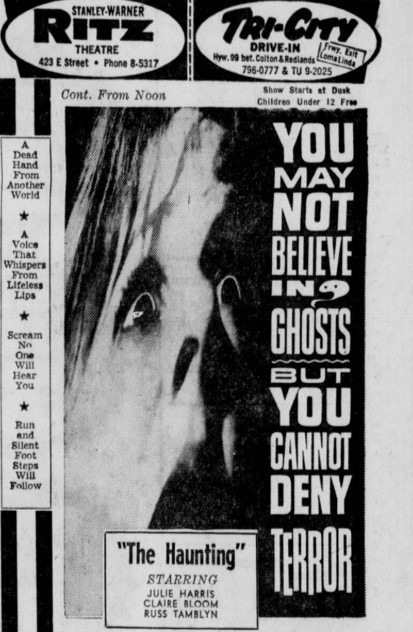
Influence on Modern Horror
Although the 1960s might seem a distant period, its horror films have left an indelible mark on current cinema. Films like Psycho and Rosemary's Baby have set the standard for psychological thrillers, encouraging contemporary horror filmmakers to investigate complex characters and plot twists. These movies transformed how suspense and psychological depth are woven into narratives, making you appreciate the layers of horror beyond mere jump scares.
Night of the Living Dead laid the groundwork for the modern zombie genre, introducing social commentary that remains poignant in the present horror landscape. Its influence is evident in how filmmakers use zombies to examine societal fears and tensions. The themes of isolation and madness, expertly portrayed in films such as Repulsion, continue to resonate with audiences, highlighting the psychological struggles that keep you on the edge of your seat.
The 1960s also pioneered visual storytelling, with directors like Alfred Hitchcock and Mario Bava using cinematography to evoke suspense. Movies like Eyes Without a Face have contributed to a renewed interest in foreign horror, inspiring filmmakers to incorporate international styles and narratives, enriching the modern horror genre with diverse influences. Horror films of the era began to explore psychological and societal themes, reflecting post-war anxieties and the complexities of the human psyche.

